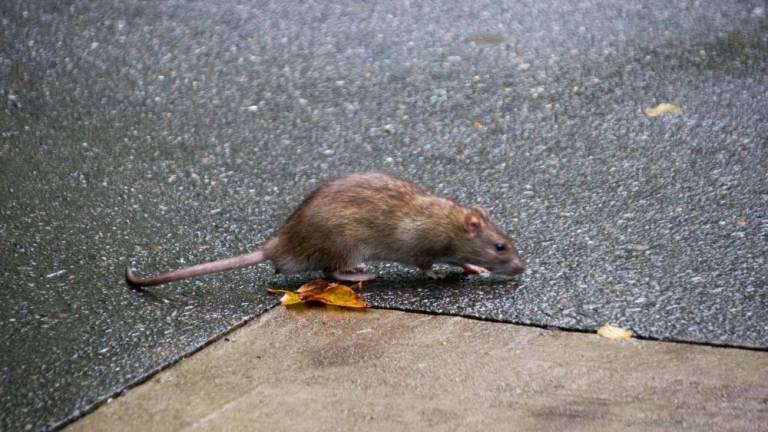With 86th Street Rat Population On Run, Menin Pushes to Expand to New Trouble Spots
The use of carbon monoxide pumps has been lauded as the most effective available method to kill and flush out rats. Council Member Julie Menin who was behind the $20,000 program on E. 86th St. said she will now push to expand to areas between 72nd and 79th Streets.

The East 86th Street commercial corridor in Council Member Julie Menin’s district was once a playground for rats. No more, says Menin—after a sustained, $20,000 campaign to pump carbon monoxide into sidewalk tree pits, the rat population there has been virtually eradicated.
“We were dealing with a situation where there was a tremendous amount of complaints on East 86th Street,” she said. “We have not received complaints since we’ve been utilizing the [carbon monoxide] technique.”
The areas underneath tree pits are popular nesting grounds for rats. By zeroing in on those areas with carbon monoxide pumps, exterminators can turn their burrows into death traps. Urban Pest Management exterminator Matt Deodato, a proponent of the BurrowRx machine credited with flushing out over 100 burrows on East 86th Street, has acted as this anti-rat campaign’s principal enforcer.
“When New York City first put together a plan [to get rid of rats], a lot of companies were all doing the same thing—bait boxes, snap traps, dry ice—but those weren’t working all that well,” he explained. “The carbon monoxide method is much more efficient. It kills within 3-5 minutes. There’s no danger of rodenticide getting out to kids, pets, and birds. And unlike the dry ice method, where you throw it in and hope for the best, the machines actually pump carbon monoxide as far down as the conduits lead.” The machines use heated vegetable oil in the motor to create smoke, which acts as a tracer that helps Deodato locate rat burrows and ensure that none of the carbon monoxide is leaking into buildings.
During the process, a few rats sometimes manage to escape the initial attack, only to be finished off by Deodato wielding a spiked garden hoe. “It’s more graphic and violent than carbon monoxide, but it’s better to kill them than let them run off and then come back later to re-infest the area,” he said.
With the rat population on 86th Street gone, Deodato, Menin, and the Association of Community Employment Programs are now coordinating to push the offensive into other areas of Menin’s district and beyond.
“We are once again dedicating resources in our ongoing battle against the proliferation of rats,” said Menin.. “It is unacceptable that rats are prevalent in our neighborhoods as their gnawing and burrowing can cause property damage and rodents spread disease and reduce our quality of life. To confront this challenge head-on, we’ve adopted an assertive approach and embraced innovative strategies with this rat mitigation program.”
According to Menin, the campaign will expand to the area between 72nd and 79th Street as well as other neighborhoods where her office is receiving rat complaints. She has also been talking to her City Council colleagues about bringing the carbon monoxide technique to their districts. “We found this technique by research into what other major cities were doing about their rat issues,” Menin said. “Cities like Boston and San Diego utilize this technique in tree pits, and since a lot of complaints in New York also revolve around tree pits, we feel like this is a technique that we should be using as well. And from what we’ve seen so far, it’s been working.”
Constituents in District 5 can contact Menin’s office at district5@council.nyc.gov or call (212) 860-1950 to report any sidewalk tree pits that have been infested.